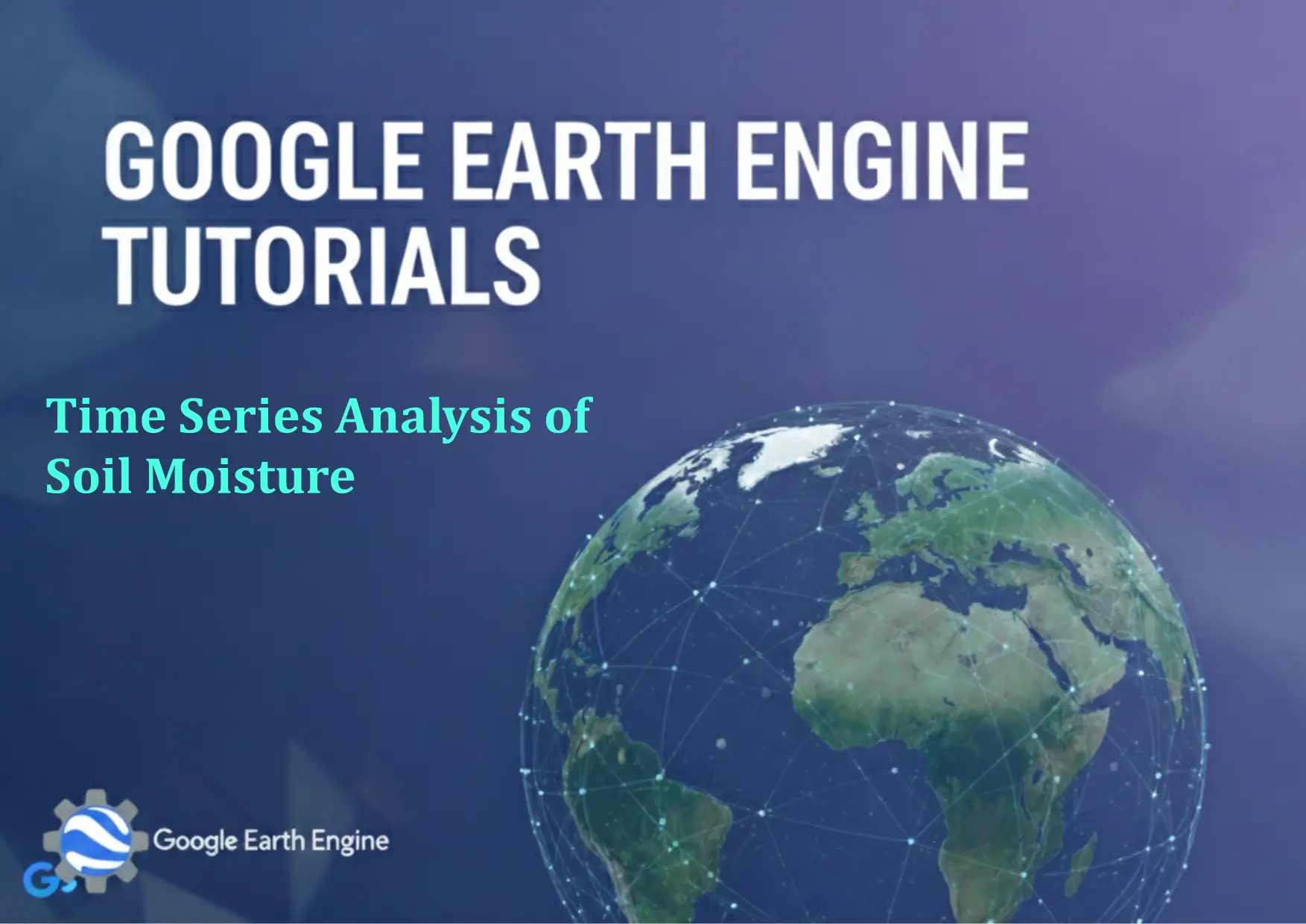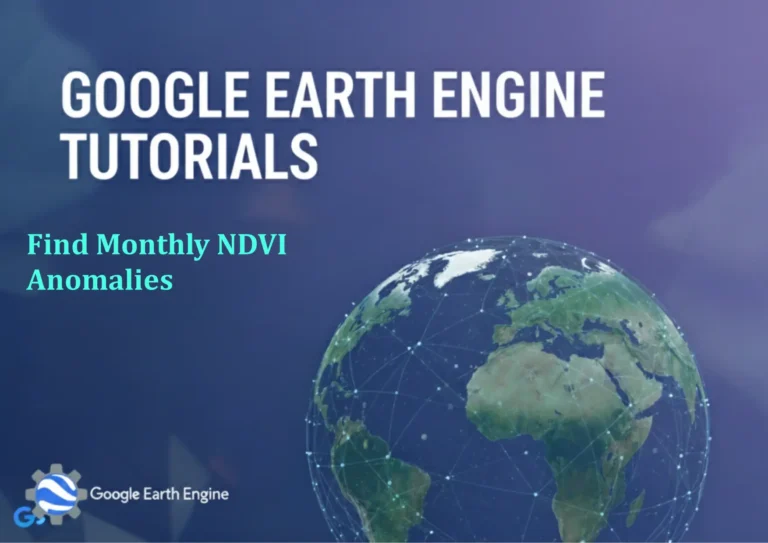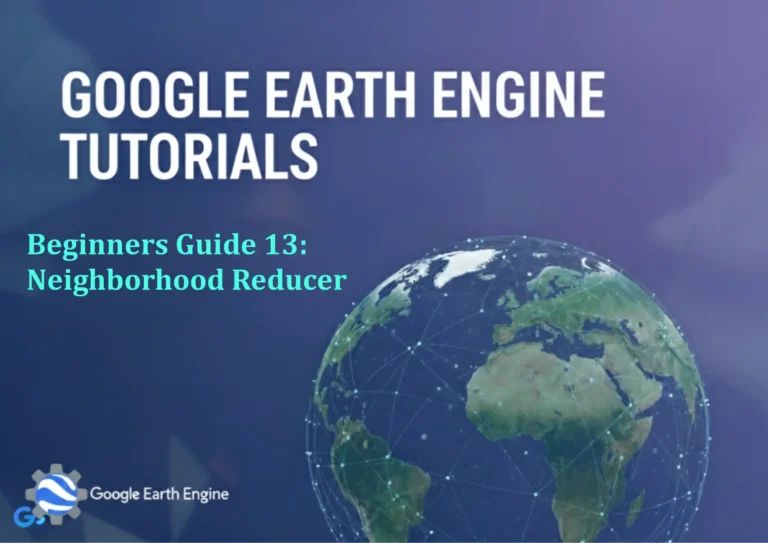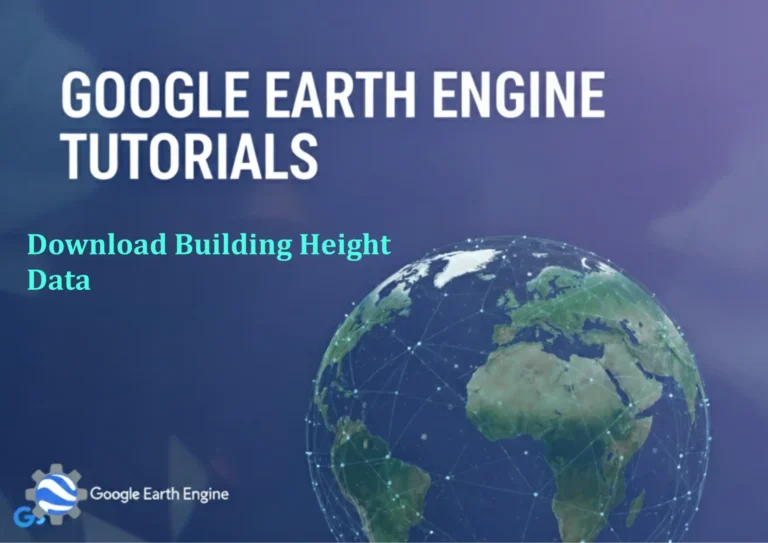Google Earth Engine Tutorial: Time Series Analysis of Soil Moisture
Credit: Youtube Channel “Terra Spatial, Tutorial on performing time series analysis of soil moisture using SMAP data and exporting results to CSV.”
You can see all the tutorials from here: Techgeo Academy.
Introduction
Google Earth Engine (GEE) is a powerful platform for analyzing geospatial data, including time series analysis of soil moisture. This tutorial will guide you through the process of retrieving, visualizing, and analyzing soil moisture data over time using GEE’s JavaScript API. Soil moisture data is critical for agriculture, climate modeling, and hydrological studies, and GEE allows you to process large-scale datasets efficiently.
Accessing Soil Moisture Data
GEE provides access to several soil moisture datasets. A commonly used one is the NASA SMAP (Soil Moisture Active Passive) Level 3 Soil Moisture (1 km) dataset. Here’s how to load it:
// Load SMAP soil moisture dataset
var smap = ee.ImageCollection("NASA/SMAP/LE1/SMAP10KM");
Filtering and Preprocessing
Filter the dataset by date, location, and other parameters to extract relevant data. For example:
// Define region of interest (e.g., a polygon)
var region = ee.FeatureCollection("FAO/GAUL/2015/level0").filter(ee.Filter.eq("ADM0_NAME", "Nigeria")).geometry();
// Filter data for a specific time range
var filteredData = smap.filterDate('2020-01-01', '2020-12-31')
.filter(ee.Filter.eq('instrument', 'SMAP'));
Time Series Visualization
To visualize soil moisture trends, use the ui.Chart.image.series() function to generate a time series chart:
// Create a time series chart for the selected region
var chart = ui.Chart.image.series(filteredData, 'soil_moisture', region, 1000)
.setOptions({
title: 'Soil Moisture Time Series',
axisTitle: 'Date',
verticalAxis: {label: 'Soil Moisture (%)'}
});
print(chart);
Statistical Analysis
Compute monthly averages or trends using reduction operations. Example for monthly averages:
// Group images by month and compute the average soil moisture
var monthlyStats = filteredData.select('soil_moisture')
.reduce(ee.Reducer.mean())
.getRegion(region, 1000);
// Print the result
print(monthlyStats);
Exporting Results
You can export the processed data as a CSV file for further analysis:
// Export time series data
Export.table.toDrive({
collection: monthlyStats,
description: 'soil_moisture_time_series',
fileNamePrefix: 'soil_moisture',
fileFormat: 'CSV'
});
Frequently Asked Questions
What datasets are suitable for soil moisture analysis in GEE?
Google Earth Engine offers multiple soil moisture datasets, including NASA SMAP, ESA CCI Soil Moisture, and others. Choose based on your study area and data resolution requirements.
How can I handle missing data or gaps in time series?
Use functions like filter(ee.Filter.notNull(['soil_moisture'])) to exclude gaps. Alternatively, interpolate values with ppy.io.interpolate() for more advanced handling.
What resolution does the soil moisture data have?
Soil moisture datasets in GEE vary in resolution. For example, SMAP data has a spatial resolution of 1 km, while other datasets may offer 25 km or coarser resolutions.
Can I visualize the time series on a map in GEE?
While charting is recommended for time series, you can use ui.Map() and map.addLayer() to display the data at different time points interactively.
Is this analysis compatible for large regions?
GEE handles large regions efficiently through its cloud-based processing. However, ensure your region is defined accurately and request resolution is appropriate for your analysis goals.






